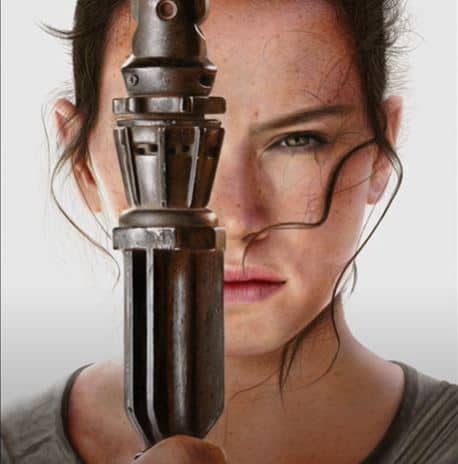How to Draw A Pocket Watch easy with this how-to video and step-by-step drawing instructions. Easy drawings for beginners and everyone.

Please see the drawing tutorial in the video below
You can refer to the simple step-by-step drawing guide below
Step 1
To start with this pocket watch drawing tutorial, we will first draw a pencil line to guide us. Using a tool such as a drawing compass, carefully draw a circle with a light pencil.
Once you’ve finished drawing, you can use a darker ink or pencil as we draw the clock’s hands and numbers.
We used Roman numerals for the numbers, but you can choose a simpler style or simplify them a bit if it gets too complicated. Maybe you want to put 12 at the top, but the X for 10 will be at the top due to the angle of the clock.
You can then finish this step using some curved and straight lines for the hands of the watch.
Step 2 – Next, draw the watch face
Now that you have drawn the numbers and hands of the watch, you can next add the face of your pocket watch drawing.
Using your pen, carefully review the pencil outline you drew in step 1. Then draw some irregular lines that form a contour around the face. You can also draw some circles that make a rough circle near the center of the clock.
Once you’ve copied the lines as they appear in our example, we can move on!
Step 3 – Now draw the outline for the clock
Using the outline of the watch face that you drew in the previous step of the pocket watch tutorial, we will complete the outline now.
Draw another circular outline around the watch face to start. Then we’ll draw a row of small circles that form another outline for some ornate detail.
The reference image will show you what it would look like if this sounds confusing!
Step 4 – Next, draw the pocket watch cover
Pocket watches often have sliding covers to protect them from damage, and this one is no different.
You can use some rounded lines for the thin outline of the cap and try to keep the corner of the cap in mind as you draw.
Then we’ll add a lot of shadow detail inside this outline to make the lid look a little more realistic.
This is another step that you may want to closely copy the reference image and take it slowly.
Step 5 – Now draw the pocket watch’s pendant
For this part of the pocket watch drawing tutorial, we will draw the round face of the watch. This part is on the edge opposite the hinge that the cover is connected to.
It has a round shape with a small screw mechanism where it is attached to the watch. You can also draw a metal clip around it, as this is where the chain will soon be connected.
Step 6 – Next, draw the starting point of the sequence
The next two parts of your pocket watch drawing will require a bit of patience, but it will be well worth it! Pocket watches are usually attached to a metal chain that you can secure inside the pocket.
To draw this sequence, we will draw each link individually using several circles.
The connection will start with the clip that you drew in the previous step, and for now we will only draw part of the sequence.
Be sure to take your time on this part and you will be able to do it easily!
Step 7 – Complete the rest of the sequence
We will complete the sequence you started in the previous step of this pocket watch drawing tutorial.
To do this, just keep drawing more links that you’re working on. At the end of this, there will be a round clip that will secure the inside of the bag.
Once you’ve finished drawing, you’re ready for the final step! However, it can be fun to draw the background or some additional details before doing so.
Perhaps you could show what else would be in the bag with this watch for an idea.
Step 8 – Now finish it with some color
Now you can finish your pocket watch drawing with some amazing colors in this final step! In our reference image, we used some gold to the metal parts of the watch to make it look like copper.
We then apply a subtle and beautiful shade of blue to the glass of the watch face. Will you use these same colors, or will you choose a unique palette for your own painting?


